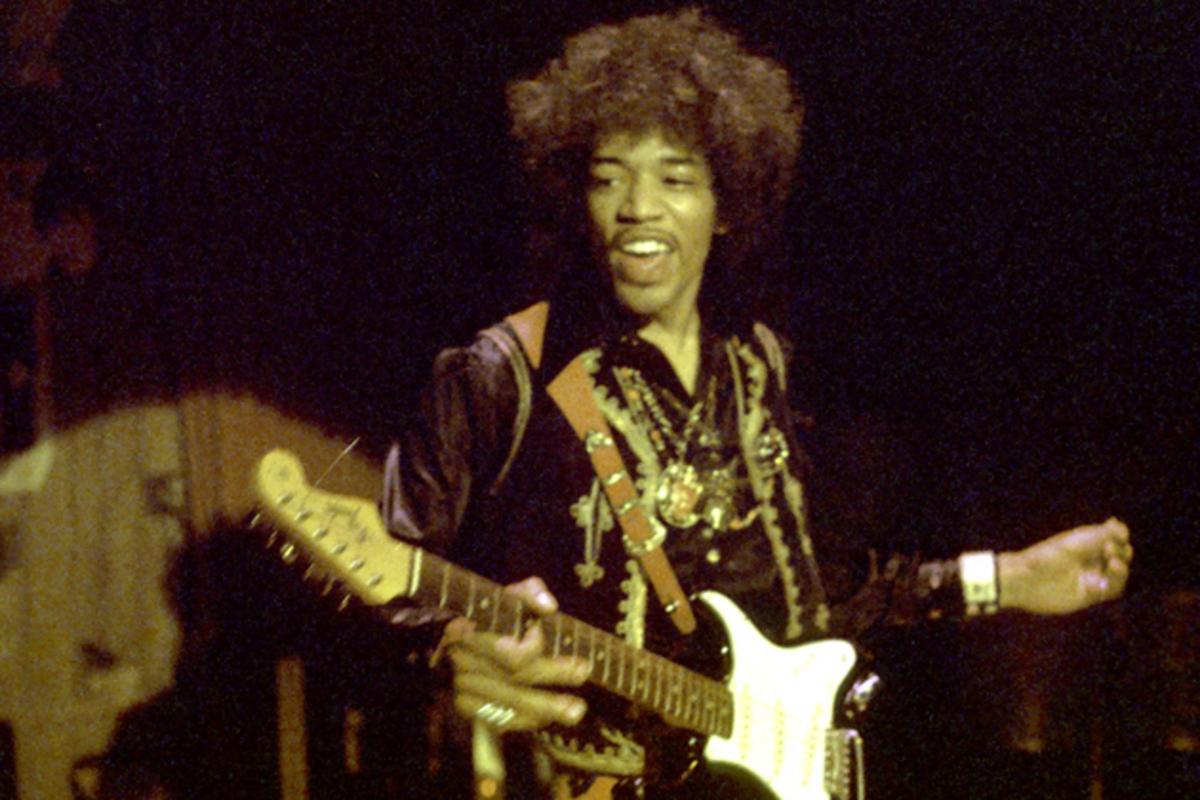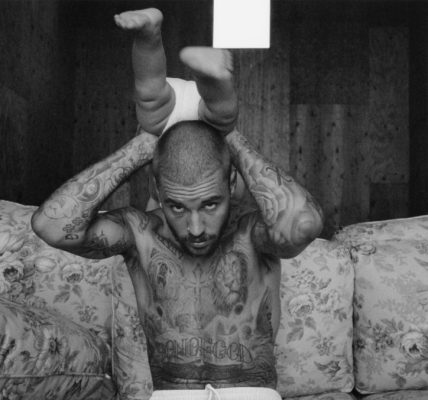Every legendary artist has a unique origin story that shapes their journey in the world of music. For Jimi Hendrix, his remarkable path began in Seattle, where he first picked up an old ukulele, setting the stage for his legendary six-string journey. This ukulele, despite having only one string, became the catalyst for Hendrix’s musical exploration, allowing him to learn iconic songs like “Hound Dog” by Elvis Presley purely by ear. This initial experience ignited a passion that would eventually lead him to become one of the most influential guitarists in history.
About a year later, at the age of 16, Hendrix acquired his first real guitar?an acoustic model that cost him just $5 (equivalent to approximately $55 today). The specific make and model remain unclear, but what is clear is that this guitar marked a pivotal moment in his musical evolution. In a 1967 interview, Hendrix reminisced about his early days in Seattle, citing Muddy Waters, Elmore James, and Robert Johnson as significant influences on his style, stating, “They don’t have too many of the real blues singers up there.” This acknowledgment of his influences highlights the diverse musical landscape that shaped his artistry.
On February 20, 1959, Hendrix made his live debut at the basement of Seattle’s Temple De Hirsch, where he was invited to audition for a local band. However, the band’s members found his performance style to be overly animated, leading to a swift end to the audition. They perceived him as too much of a show-off, but this setback wouldn’t deter Hendrix for long. It was a learning experience that would fuel his drive to develop a unique style that combined flamboyance with technical skill.
Shortly after this audition, Hendrix formed his own band, the Velvetones, but quickly realized that his trusty acoustic guitar wouldn’t suffice for the sound he envisioned. As he reflected on this realization, he understood that he needed to transition to an electric guitar to truly express himself and stand out in the competitive music scene.
Transitioning to Electric: Jimi Hendrix’s Journey Begins
“At 17, I formed a group with some guys, but they drowned me out,” Hendrix recounted in a 1968 interview with Guitar Player (via The Guardian). Initially unaware of the reasons behind this, he soon realized that to make an impact, he needed an electric guitar. His first electric guitar was a Danelectro, a gift from his father, which he appreciated immensely. Hendrix later wrote to his father in 1965, expressing his gratitude and determination: “Dear Dad, I still have my guitar and amp, and as long as I have that, no fool can keep me from living.” His commitment to making it as a musician was unwavering, as he navigated the challenges of living in New York City and playing in various bands, all while striving to secure a record deal.
Hendrix’s dedication paid off as he began to build a diverse collection of guitars, with his iconic Stratocaster becoming his signature instrument. In 1968, he shared valuable advice for aspiring musicians, particularly guitarists: “You have to stick with it. Sometimes you are going to be so frustrated you want to give up the guitar, you’ll hate the guitar. But all of this is just a part of learning, because if you stick with it, you’re going to be rewarded.” This insight reflects his understanding of the struggles that come with mastering the instrument and the eventual rewards that await those who persevere.
Watch Jimi Hendrix Performing in 1965
Unveiling the Legends: The Stories Behind All 85 Posthumous Jimi Hendrix Albums
Explore the rich legacy of Jimi Hendrix through a comprehensive collection of official studio outtakes, live recordings, and compilations released since the guitar legend’s passing in 1970.
Gallery Credit: Dave Lifton






